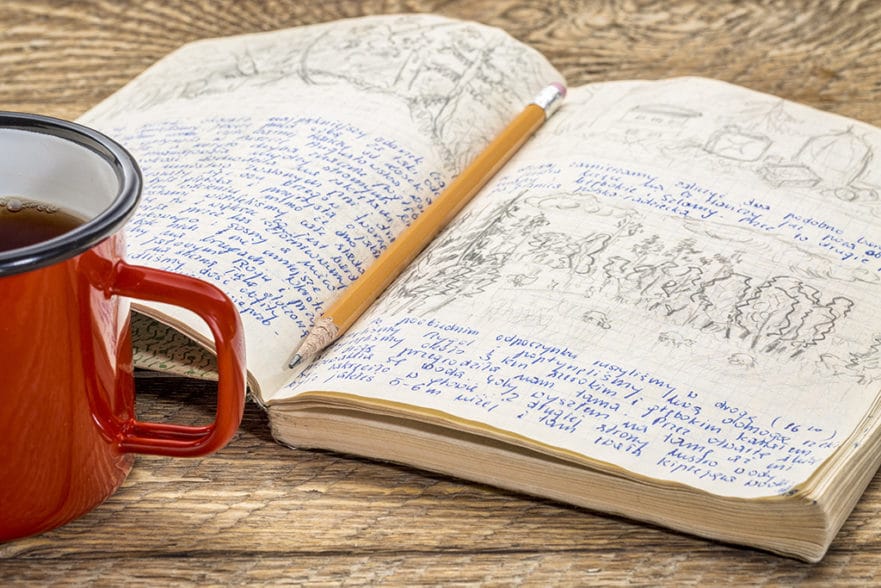
Discover the transformative power of artistic journaling with these 8 revealing techniques that will enrich your creative experience.
From exploring mixed media to incorporating found objects, this article will guide you through a journey of self-expression and personal growth.
Embrace the freedom to experiment with different writing styles, fonts, and vibrant colors, while letting go of perfectionism.
Unlock your inner storyteller and spark your creativity with journaling prompts.
Prepare to embark on a liberating artistic journey that will nourish your soul.
Mixed media offers a multitude of creative possibilities for artists to enhance their artistic journaling practice. By incorporating various materials and techniques, artists can unlock new dimensions of expression in their journals.
One popular technique in mixed media journaling is using watercolors. Watercolors allow artists to create vibrant and fluid backgrounds, adding depth and visual interest to their pages. The transparent nature of watercolors also allows for layering and blending, enabling artists to effortlessly achieve stunning color gradients and subtle washes.
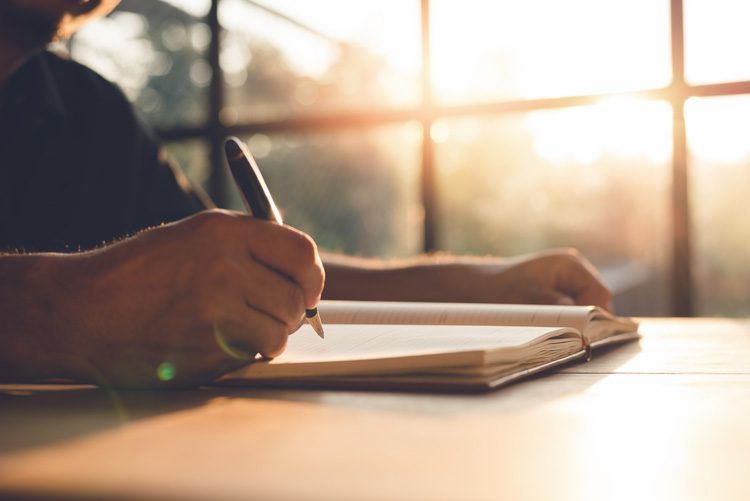
Additionally, adding texture to journal pages can bring them to life. Artists can experiment with different materials such as textured paper, fabric, or even natural elements like leaves and twigs to add tactile elements to their journaling. These textures create visual and sensory experiences that further enhance the storytelling within the pages.
Mixed media journaling provides artists with the freedom to explore, experiment, and truly unleash their creativity.
Collage is a powerful tool for self-expression in artistic journaling, allowing individuals to communicate their inner thoughts and emotions visually.
By combining different materials, textures, and colors, collage offers endless creative possibilities, enabling artists to express themselves in unique and personal ways.
Through the process of selecting and arranging images and objects, individuals can explore their own narratives and create visual stories that reflect their experiences, desires, and dreams.
Collage for Personal Expression
Through the integration of various visual elements, individuals can employ collage as a powerful means of self-expression in their artistic journaling practice.
Collage allows for the exploration of mixed media techniques, incorporating different materials such as photographs, magazine cutouts, and textured papers.
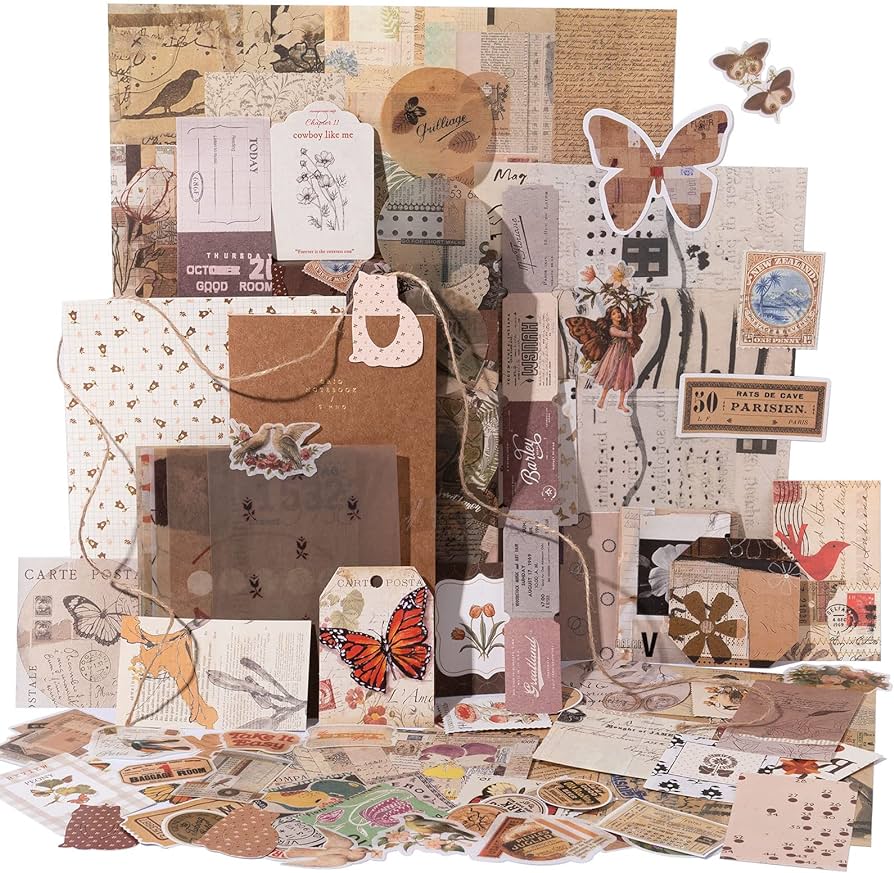
By combining these elements, artists can create a unique visual narrative that tells their personal story.
Collage provides a platform for creative freedom, allowing individuals to express their emotions, experiences, and perspectives in a visually captivating manner.
It offers a limitless range of possibilities, enabling artists to experiment with composition, color, and texture.
Whether it's a reflection of one's inner thoughts, a representation of a specific moment in time, or an exploration of a particular theme, collage invites individuals to delve deep into their creative selves and share their stories with the world.
Creative Possibilities With Collage
Engaging with collage as a medium in artistic journaling opens up a world of creative possibilities for self-expression. Collage techniques for beginners are a wonderful way to dive into this art form and explore the vast potential it holds.
Whether you are using magazine clippings, photographs, or even found objects, the act of cutting and pasting allows you to manipulate and transform materials in a way that resonates with your innermost thoughts and emotions.
As you embark on your artistic journaling journey, don't be afraid to experiment with different materials for collage. Consider incorporating fabrics, textures, and even natural elements like leaves or flowers. The combination of various materials adds depth and layers to your artwork, enhancing the overall visual impact.
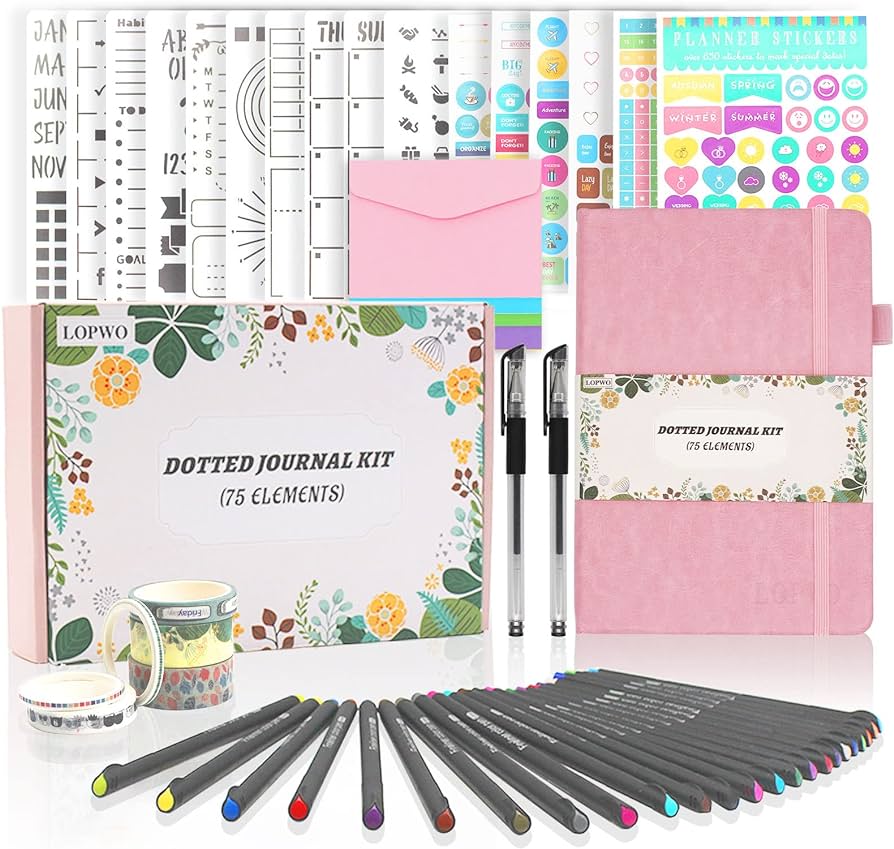
Experimenting With Different Writing Styles and Fonts
Experimenting with different writing styles and fonts can add a whole new dimension to your artistic journaling experience. Font exploration tips, such as trying out different typefaces and sizes, can help you find the perfect style that reflects your mood or the theme of your journal entry.
Additionally, varying your writing style, from elegant and flowing to bold and expressive, can help you convey your thoughts and emotions in a more nuanced way.
And don't forget about creative lettering techniques, which can turn simple words into visually captivating focal points on your pages.
Font Exploration Tips
To enhance your artistic journaling experience, it is essential to delve into the realm of font exploration, where you can experiment with various writing styles and fonts.
Exploring calligraphy techniques allows you to infuse your journal with elegance and grace, adding a touch of sophistication to your words. Typography, as a form of self-expression, gives you the freedom to convey your emotions and personality through the visual representation of your thoughts.
Here are some tips to help you on your font exploration journey:
- Play with different letterforms and sizes to create emphasis and hierarchy in your journal entries.
- Experiment with decorative fonts to add a whimsical or vintage touch to your pages.
- Mix and match different fonts to create interesting contrasts and visual texture.
- Don't be afraid to break the rules and create your own unique font style that reflects your individuality.
Writing Style Variations
Utilize various writing styles and fonts to diversify your artistic journaling experience. By exploring calligraphy techniques and experimenting with typographic designs, you can add depth and visual interest to your journal entries.
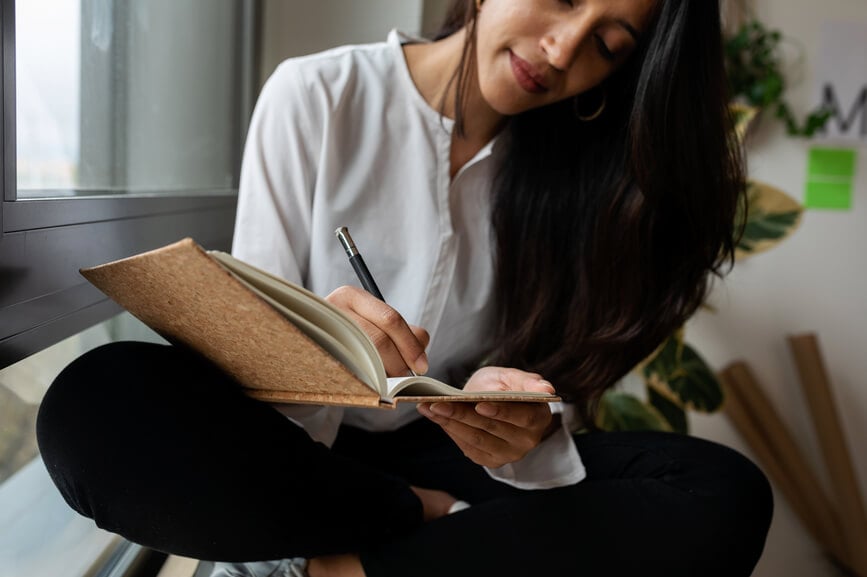
Writing in different styles allows you to express different emotions and perspectives, creating a more personal and introspective experience. Whether you choose to write in elegant cursive, bold and expressive print, or even playful and whimsical fonts, each style adds its own unique touch to your journaling.
This freedom of expression allows you to truly capture the essence of your thoughts and feelings, enhancing your creative journey. So, don't be afraid to break away from traditional writing styles and venture into the realm of experimentation. Embrace the versatility of writing and let your artistic journaling experience soar to new heights.
Creative Lettering Techniques
By exploring a wide range of writing styles and fonts, you can unleash your creativity and elevate your artistic journaling experience. Creative lettering techniques offer a vibrant and expressive way to bring your words to life on the pages of your journal. Here are four exciting techniques to experiment with:
Brush calligraphy techniques: Using a brush pen or a paintbrush, you can create elegant and flowing letterforms with varying widths and strokes. This technique adds a touch of sophistication to your journal entries.
Watercolor lettering techniques: Combine the art of watercolor painting with lettering to create stunning and colorful effects. Use watercolor brushes to blend different hues and create gradients that add depth to your words.
Hand-drawn fonts: Develop your own unique lettering style by sketching out letters and forming them into a cohesive and personalized font. This technique allows you to infuse your personality into every word you write.
Typography exploration: Experiment with different fonts and typography styles, from bold and playful to elegant and minimalistic. Mix and match fonts to create visually captivating journal entries.
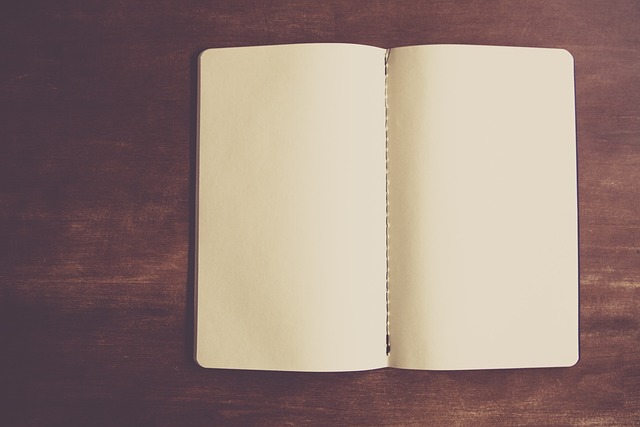
Incorporating Found Objects Into Your Journaling
When considering the enhancement of your artistic journaling experience, exploring the integration of found objects within your work can be a compelling and thought-provoking approach.
By using natural materials, such as leaves, flowers, or seashells, you can bring the beauty of the natural world into your journal. These objects not only add texture and visual interest but also serve as powerful symbols that can deepen the meaning of your entries.
Additionally, incorporating found photographs into your journaling can evoke memories, emotions, and stories that you may want to explore further. Whether it's a vintage photograph you stumbled upon at a flea market or a snapshot from your own collection, the inclusion of these images can add a layer of nostalgia and personal connection to your journal.
Don't be afraid to experiment and let your creativity flow as you incorporate these found objects into your artistic journaling practice.
The Power of Color: Techniques for Vibrant Pages
With careful selection and strategic application, artists can harness the power of color to create vibrant pages that captivate and engage the viewer.
Color psychology plays a significant role in artistic journaling, as different colors evoke distinct emotions and moods.
Here are some techniques to help you make your pages come alive:
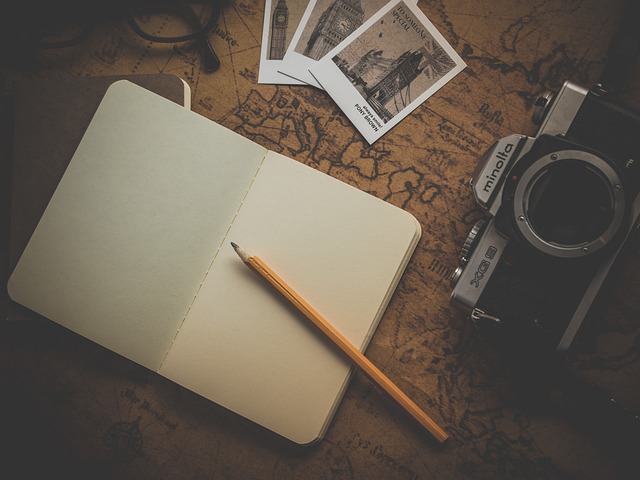
Experiment with a variety of colors: Don't be afraid to explore the full spectrum of hues. Use bold, vibrant colors to convey energy and excitement, or soft pastels for a calming effect.
Master the art of shading and blending: By using different shades and blending techniques, you can create depth and dimension on your pages. This adds visual interest and brings your artwork to life.
Use color to highlight important elements: Use contrasting colors to make certain elements stand out. This draws attention and guides the viewer's eye to the focal points of your artwork.
Combine colors strategically: Play with complementary or analogous color schemes to create harmony and balance. This allows you to create visually pleasing compositions that are pleasing to the eye.
Embracing Imperfection: Letting Go of Perfectionism in Your Art
To truly thrive in your artistic journaling practice, it is essential to embrace imperfection and release the grip of perfectionism in your art. Letting go of the need for perfection allows for true freedom and self-expression in your creative process.
Embracing imperfection means accepting that mistakes and flaws are an integral part of the artistic journey. It is through these imperfections that true beauty and uniqueness emerge. By letting go of perfection, you open yourself up to new possibilities and discoveries in your art. You allow yourself to take risks, to experiment, and to grow as an artist.
Embracing imperfection is liberating. It allows you to fully immerse yourself in the present moment, to let go of self-judgment, and to create art that is authentically yours.
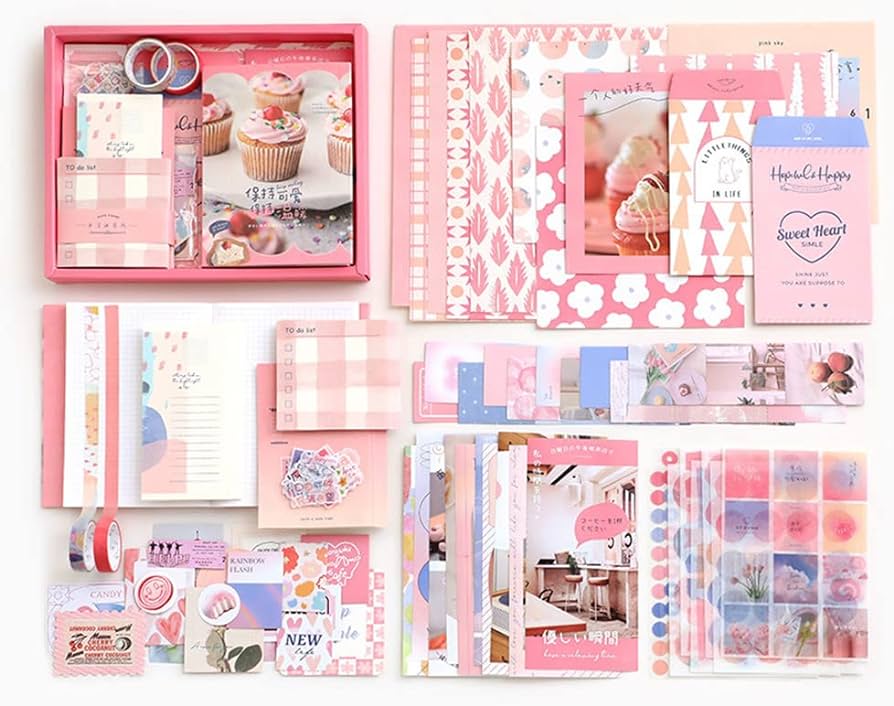
Creating Texture and Depth in Your Journal Pages
Five simple techniques can help you create texture and depth in your journal pages, allowing your artwork to come alive and engage the viewer's senses. Here are some ways to add visual interest and tactile sensation to your journaling experience:
Creating texture with paint: Experiment with different brush strokes, palette knives, and texture mediums to add depth and dimension to your pages. Build up layers of paint to create interesting textures that evoke emotion and capture the essence of your thoughts and feelings.
Adding dimension with paper layers: Incorporate torn or cut-out pieces of paper in various shapes and sizes to create depth and dimension. Layering different textures, patterns, and colors will add visual interest and bring your journal pages to life.
Using collage techniques: Explore the world of collage by incorporating found objects, magazine cutouts, or printed images into your journal pages. Collage allows you to mix different materials and create unique textures that reflect your individual style and vision.
Experimenting with mixed media: Combine different art mediums such as acrylic paint, watercolors, markers, and colored pencils to create a rich and varied visual experience. The interplay of different materials will add depth and texture to your journal pages, creating a multi-dimensional and captivating artwork.
Unlocking Your Inner Storyteller: Using Journaling Prompts to Spark Creativity
One effective method for enhancing your artistic journaling experience is by utilizing a variety of journaling prompts to ignite your creativity and unleash your inner storyteller.
Journaling prompts are powerful tools that can help you tap into your imagination and explore new ideas and perspectives. They provide a starting point for your journaling practice, guiding you to delve deeper into your thoughts and emotions.
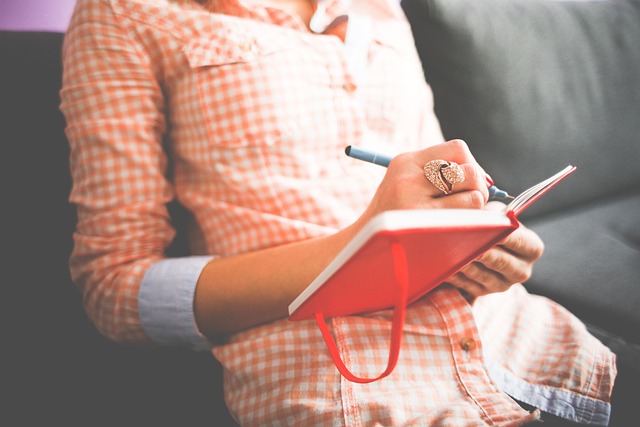
By using journaling prompts, you can uncover hidden stories within yourself and express them through your art. Whether it's a simple sentence or a thought-provoking question, these prompts can inspire you to explore different storytelling techniques and experiment with various art forms.
They encourage you to step outside your comfort zone, allowing you to discover new possibilities and expand your artistic horizons.
Frequently Asked Questions
How Long Does It Typically Take to Create a Mixed Media Page in Your Artistic Journal?
Creating a mixed media page in your artistic journal can vary in time depending on the complexity of the techniques used and the level of detail desired. It is a process that allows for exploration, experimentation, and the incorporation of texture and dimension to enhance your journal pages.
Are There Any Specific Types of Found Objects That Work Best for Incorporating Into Your Journaling?
Nature inspired found objects can greatly enhance your artistic journaling experience, adding a touch of organic beauty and connecting you to the natural world. Similarly, exploring the use of vintage ephemera can bring a sense of nostalgia and depth to your practice.
Is It Necessary to Have Artistic Skills or Experience in Order to Experiment With Different Writing Styles and Fonts in Your Journal?
In artistic journaling, experimenting with different writing styles and fonts is not limited to those with artistic skills or experience. The importance lies in the freedom of expression and the benefits of personal exploration and creativity.
Can You Provide Any Tips on How to Create Vibrant Pages Using Color Techniques?
Creating vibrant pages in your journal involves techniques like creating textured backgrounds and using watercolor techniques. These techniques allow for the exploration of color and can bring your pages to life in a visually captivating way.
What Are Some Common Challenges That People Face When Trying to Let Go of Perfectionism in Their Art Journaling?
Overcoming fear of judgment in artistic journaling and embracing imperfections in the journey can be challenging. It requires a shift in mindset, a willingness to explore and experiment, and a recognition that mistakes are opportunities for growth and self-expression.
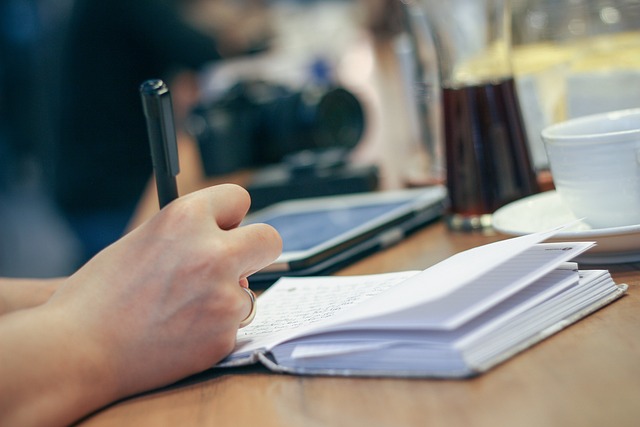
 Writing TipsCreative WritingJournalingSketching TechniquesBuying GuidesPrivacy PolicyTerms And Conditions
Writing TipsCreative WritingJournalingSketching TechniquesBuying GuidesPrivacy PolicyTerms And Conditions
